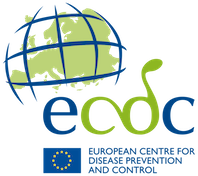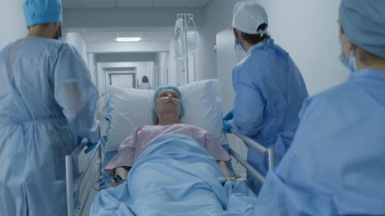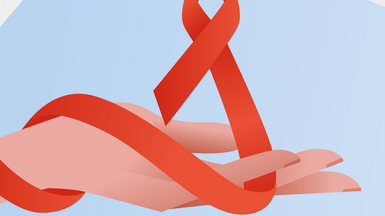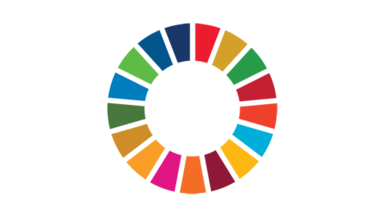Europe’s hidden HIV crisis - Half of all people living with HIV in Europe are diagnosed late, threatening to undermine the fight against AIDS
Europe is failing to test and treat HIV early, with over half (54%) of all diagnoses in 2024 being made too late for optimal treatment. New data released today by the European Centre for Disease Prevention and Control (ECDC) and the WHO Regional Office for Europe warns that this critical testing failure, combined with a growing number of undiagnosed cases, is severely jeopardising the 2030 goal of ending AIDS as a public health threat.
According to the annual HIV/AIDS surveillance report, 105 922 HIV diagnoses were made in the WHO European Region in 2024, covering 53 countries in Europe and Central Asia. While overall reported numbers show a slight decrease compared to 2023, the available data suggest that testing and diagnosis gaps remain. The high proportion of late diagnoses means that many people are not accessing life-saving antiretroviral treatment and healthcare early enough, which increases the risk of developing AIDS, the risk of death and onward HIV transmission.
In the European Union and European Economic Area (EU/EEA), 24 164 HIV diagnoses were reported, representing a rate of 5.3 per 100 000 people. Key findings from the 2024 data show that 48% of HIV diagnoses in the EU/EEA were late. Sex between men remains the most common mode of transmission in the EU/EEA (48%), but diagnoses attributed to heterosexual transmission are rising, accounting for nearly 46% of the HIV diagnoses reported.
Dr Pamela Rendi-Wagner, ECDC Director, said: "In the EU/EEA, nearly half of all diagnoses are made late. We must urgently innovate our testing strategies, embrace community-based testing and self-testing, and ensure rapid linkage to care. We can only end AIDS if people know their status."
Across the WHO European Region, 54% of diagnoses were late; this proportion was highest among people who acquired the virus through heterosexual transmission (especially men) and people who inject drugs. Nearly one in three HIV diagnoses in 2024 were among people born outside the country where they were diagnosed. In the EU/EEA, this group accounted for more than half of new diagnoses, highlighting the need for tailored, accessible, and culturally competent prevention and testing services.
Dr. Hans Henri P. Kluge, WHO Regional Director for Europe, said: "Our data paints a mixed picture. Since 2020, HIV testing across the European Region has rebounded, resulting in a higher volume of reported tests and a corresponding rise in HIV diagnoses in 11 countries in 2024. In 2024 alone, 105,922 people were diagnosed with HIV, with an overall 2.68 million diagnoses reported since 1980s. However, the number of people living with undiagnosed HIV is growing, a silent crisis that’s fueling transmission. We are not doing enough to remove the deadly barriers of stigma and discrimination that prevent people from seeking out a simple test. An early diagnosis is not a privilege but a gateway to a long, healthy life and the key to stopping HIV in its tracks."
ECDC and WHO/Europe are calling for urgent efforts to routinise, normalise and scale up testing, including providing wider access to self-testing and community-based options, which can reach people who do not access facility-based healthcare services. The 2030 goal to end AIDS as a public health threat is within reach, but only if the European region acts now to eliminate the testing gap.







